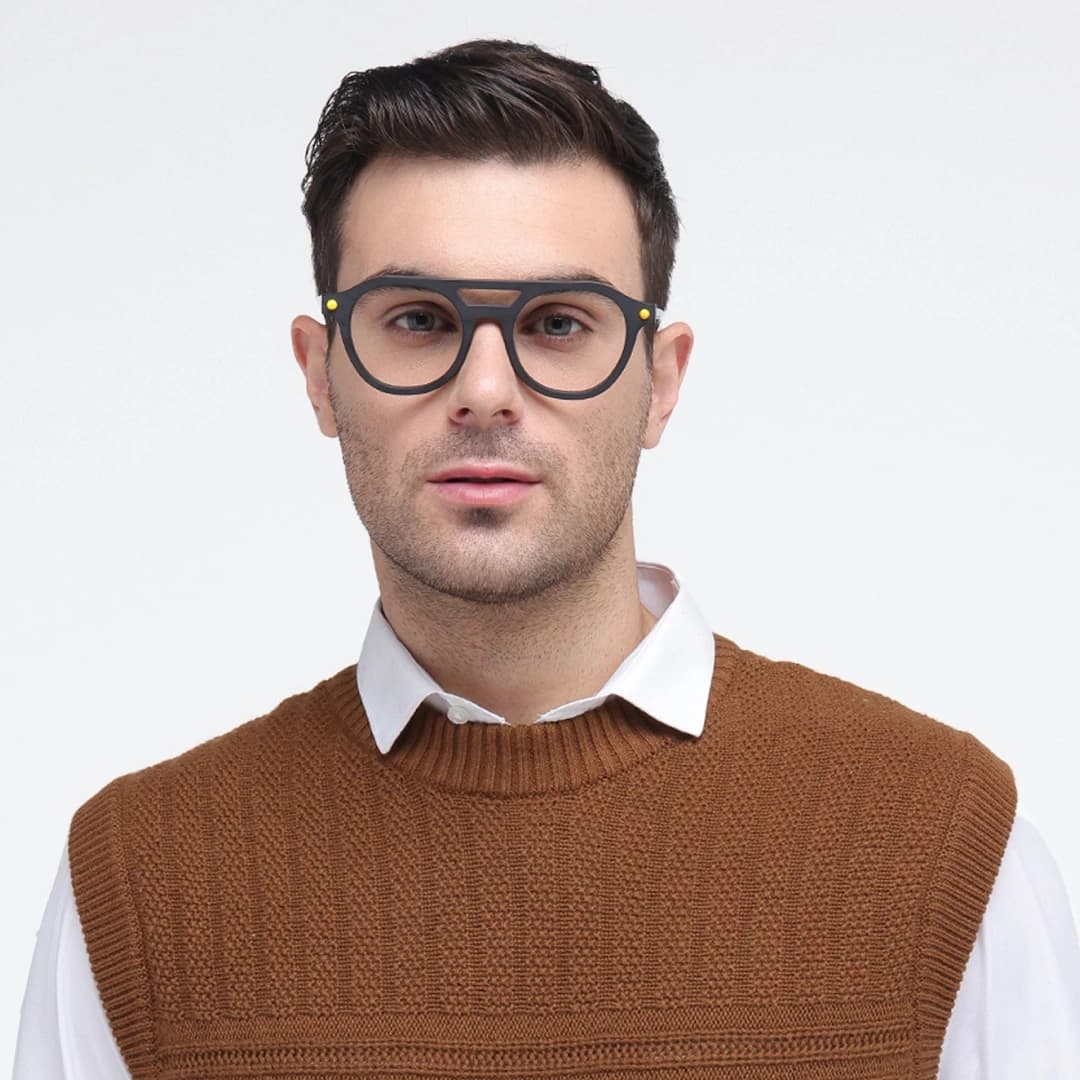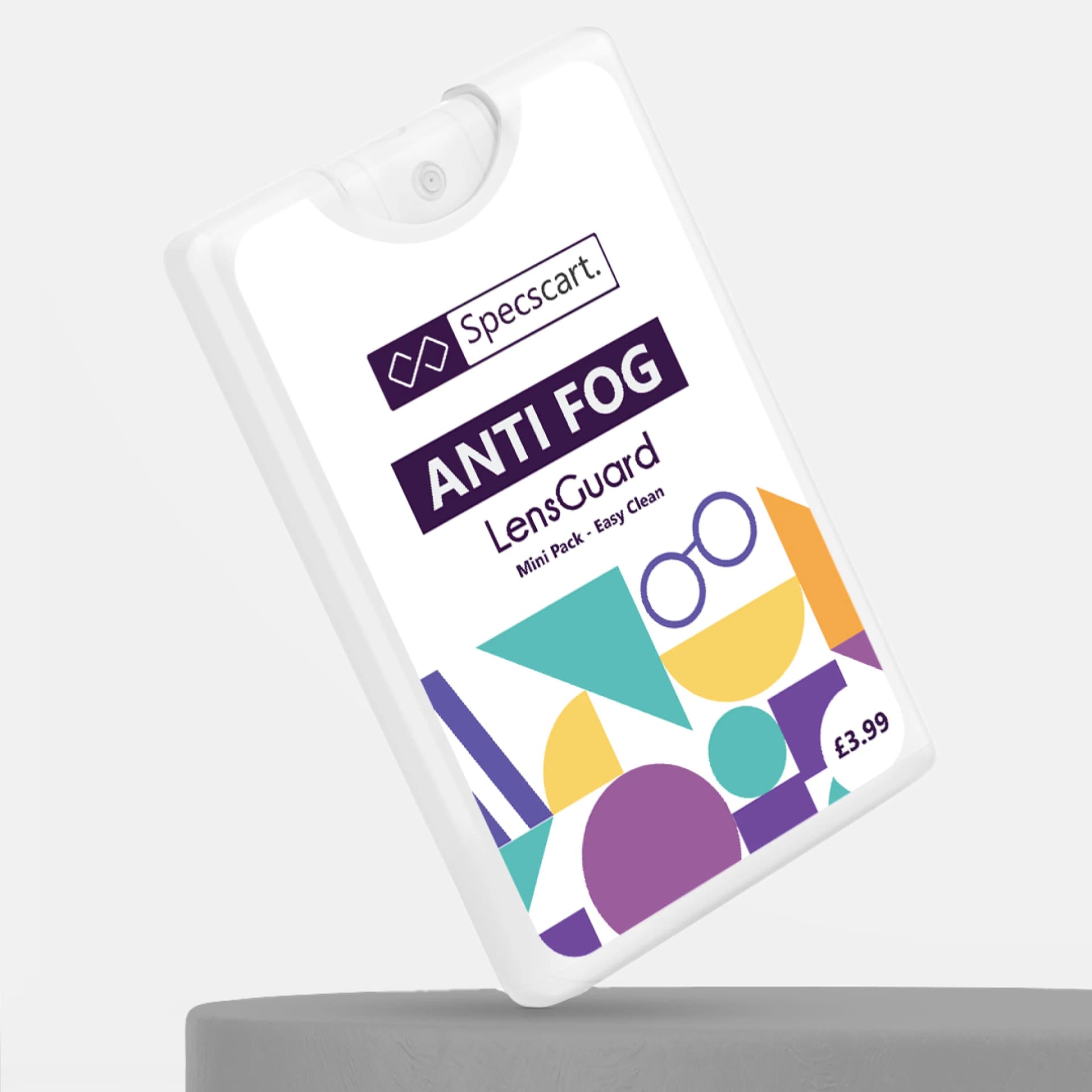Age-Related Macular Degeneration With Symptoms and Treatment

Content Manager
With age, we often experience different vision changes, but some changes are more serious than needing reading glasses. One such condition is age-related macular degeneration (AMD), a leading cause of vision loss in people usually over 50. It doesn’t cause complete blindness, but it can severely impact the central vision we rely on for reading, driving, recognising faces, and everyday tasks.
In this blog, we’ll explore what AMD really is, the early warning signs, different types, and the most effective treatment options available today. Stay informed because when it comes to your eyesight, awareness is your first line of defence.
Types of Age-Related Macular Degeneration

Age-related macular degeneration can be classified into two different types:
Wet AMD
This is also known as advanced neovascular AMD, and wet AMD might result in faster vision loss. It is the late stage that takes place due to the growth of abnormal blood vessels in the back of your eyes, thus damaging the macula.
Dry AMD
The other name for dry AMD is atrophic AMD. It usually takes place in early, intermediate and late stages. Though dry AMD doesn’t have any permanent solution, it can be prevented from hampering your remaining vision.
Symptoms of Age-Related Macular Degeneration
The symptoms of dry AMD are different from wet AMD. Let’s check them out at a quick glance.
Symptoms of Wet AMD
In wet AMD, vision loss takes place over weeks and days.
Symptoms are visible in one eye at a time.
One of the eyes might be exposed to blindness.
Since dry AMD develops slowly, one can get exposed to blind spots in the central vision.
Symptoms of Dry AMD
Straight lines appear wavy.
Individuals with dry AMD can still drive and read.
Both eyes have the same symptoms.
Risk Factors of Age-Related Macular Degeneration

Before discussing the treatment options and ways to diagnose AMD, let’s take some time to learn the risk factors:
Individuals usually above 50 years old can develop AMD.
Smoking poses serious threats and might lead to age-related macular degeneration. Take a step toward quitting smoking today.
Sometimes, hereditary issues increase the chances of AMD in an individual. If someone from your family has undergone AMD, you might develop it too.
Obesity can lead to macular degeneration, especially among the male population.
High blood pressure slows down oxygen flow in your eyes and boosts the odds of AMD, thus causing macular degeneration.
As we already know, the harmful UV rays released from the sun are extremely hazardous to our eye health. It can contribute to macular degeneration.
How to Diagnose Age-Related Macular Degeneration?
Macular degeneration can typically be diagnosed by performing an eye examination. Some of the tests are:
Dilated Eye Exam – With the help of eye drops, your eyes get dilated and your pupils get widened. Your optician will examine your eyes, thus detecting the concerns and addressing them.
Amsler Grid Test – In an Amsler grid, you will get to see straight lines along with a dot right in the middle. If the sections or lines on the grid look wavy, blurry or broken to you, chances are high that you have macular degeneration. This test can be performed at home as well, just make sure to take proper action before things get out of hand.
Optical Coherence Tomography – In Optical Coherence Tomography or OCT, an imaging machine is used to take detailed pictures of your eyes, including your macula and retina.
Fluorescein Angiography – In this diagnosis process, your eye care provider injects fluorescein (a yellow dye) into your arm’s veins. There’s a camera that clicks pictures to find whether there is any possibility of leakage under the macula.
Optical Coherence Tomography Angiography – OCTA uses an OCT scanning device along with a laser light reflection. Here, 3D images of your eyes’ blood flow are captured and examined.
Snellen Chart – Also referred to as a 20/20 vision test, a Snellen chart is used to examine the clarity and sharpness of your vision.
How to Treat Age-Related Macular Degeneration?

Let’s be honest, age-related macular degeneration can’t be cured permanently. However, the symptoms can be reduced in the long run. The treatment option solely depends on the disease type—you can either choose between medications, nutritional supplements, laser therapy and PDT or photodynamic therapy. Check them out in a detailed manner:
Medications
There are certain medications that treat AMD but don’t cure it completely. The specialist will numb your eyes before injecting the drugs.
Nutritional Supplements
The nutritional supplements that are often used to treat age-related macular degeneration include:
Vitamin E
Vitamin C
Zinc
Lutein
Zeaxanthin
Copper
Know about the top foods for healthy eyes.
Laser Photocoagulation
While performing laser photocoagulation, your health provider will seal and destroy your leaking blood vessels with the help of a laser. They used to treat wet AMD like this.
Wrapping It Up
Understanding age-related macular degeneration is key to early detection and treatment. Recognising symptoms early and exploring available treatments can help preserve vision and maintain quality of life. Regular eye tests are your best defence. While there’s no complete cure, timely action can slow progression and protect your central vision. Stay informed, and stay proactive, your eyes deserve it.
Caution: You may become style obsessed
Your way finder
2000+ Trendy Styles

Fashion Forward Sunnies



















































